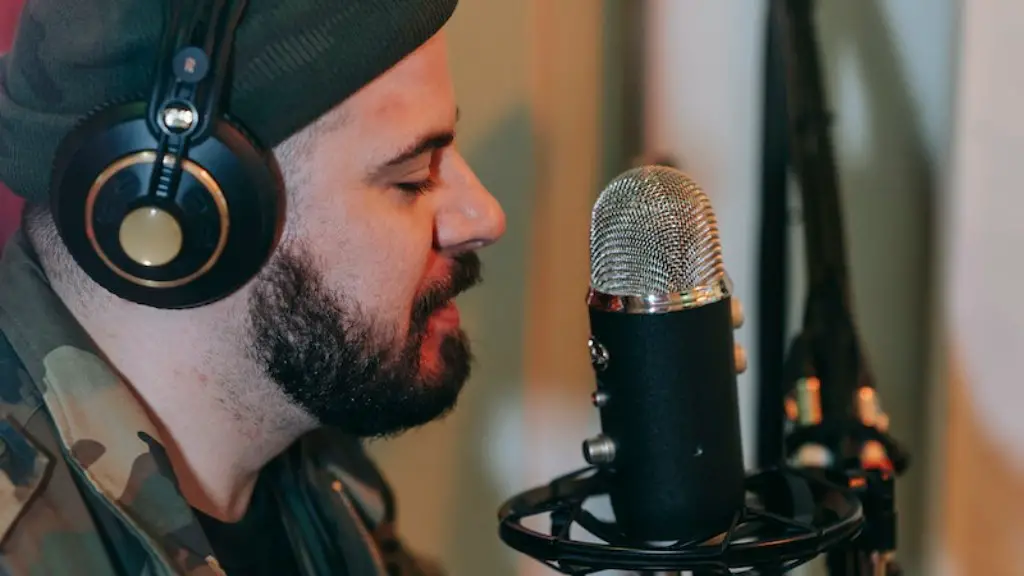Abstract art is an intriguing and highly personal form of expression. It can be daunting for even the most experienced artist, but it doesn’t have to be. With a few easy steps and a bit of practice, anyone can learn to draw abstract art.
Step One: Start with the Basics
When creating abstract art, it’s important to start with a solid foundation in the basics of drawing. Things like proportions, perspective and shading are key components of any art, abstract or not. Even if the piece will be nonrepresentational, one should be familiar with how to correctly depict three dimensional shapes on a two dimensional surface.
Using graphite pencils, erasers and a few tools like blending stumps and tortillions are invaluable to creating a good piece. If a more vibrant piece is desired, experiment with colored pencils and markers.
Step Two: Get Creative with Materials and Techniques
Once the basics are firmly established, it’s time to get creative with the materials and techniques. Try using different paper surfaces like watercolor paper or charcoal paper and blend colors by using acrylic paints with a brush or palette knife. Use textured and patterned papers, or add beads and fabric for a truly unique and non-traditional look.
Letting go of traditional drawing techniques and experimenting with less conventional methods is a great way to bring life to an abstract piece. Try smudging, scratching, and using a variety of shapes and lines. Whimsical, unexpected details often become the focal point of an abstract and are key in creating a good composition.
Step Three: Connect with Emotion
Abstract art should be emotionally charged. It’s your interpretation of the world around you- a reflection of your innermost thoughts, feelings, and desires. As you work, pay attention to the emotions or ideas you want your audience to feel or understand.
Rather than thinking of what elements to add to the piece, decide what the piece should make people feel. Use color to create a desired emotion, or let the lines flow together in a way that conveys energy and movement.
Step Four: Experiment with Layout
To really let your creative juices flow, work with different layouts. Turn your paper one way and then another, or change the composition of shapes by adding, removing and reconfiguring elements within the work.
Once you have a layout you like, outline the shapes with a gentle contour line. This will help to define your composition and create movement within the piece.
Step Five: Revise, Edit and Refine
Editing an abstract work can be tricky. If the piece needs more depth or needs to say something more, consider adding in more color or texture, or varying the line weight to create interest.
Final adjustments can make all the difference in a work of art. Take time to look seriously at your piece and decide what looks best. Making subtle changes to area of the work can make the entire piece take on a new life and look.
Step Six: Appreciate the Beauty of the Work
Drawing abstract art is a personal expression, and the artist should take time to appreciate their work. Instead of worrying if the piece will please or meet the standards of the art world, focus on the beauty of the piece and the emotions it conveys. Enjoy the journey and the finished product, and be proud of your accomplishment!
